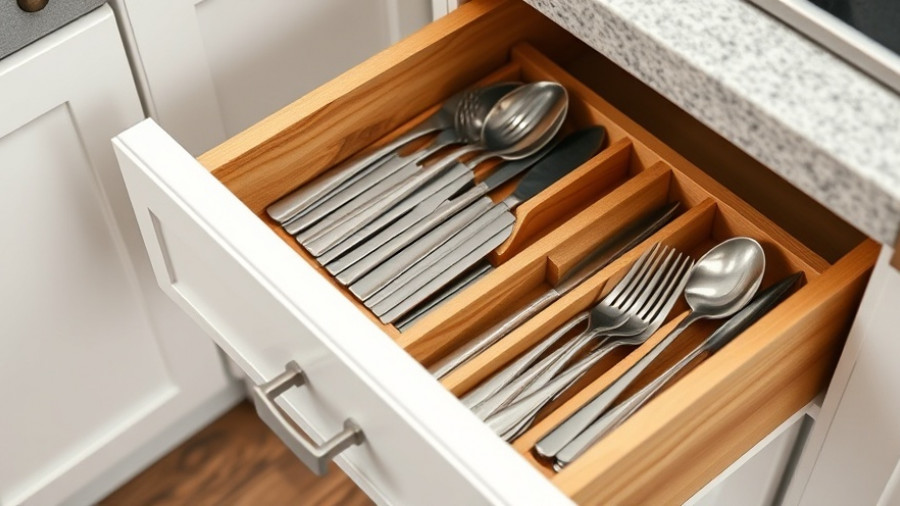
Transforming Your Garage Door: A Functional and Stylish Upgrade
Your garage door is more than a mere entrance; it’s the gateway to your home that sets the tone for your property's overall aesthetic. When it comes to home renovation tips, a well-planned upgrade to your garage door can enhance curb appeal, maintain energy efficiency, and add a touch of modern elegance to your home. Whether you're looking for functional improvements or design upgrades, small changes can lead to significant results.
Design with Intent: The First Step to Curb Appeal
Begin by treating the garage opening as a critical part of your home's facade. Instead of viewing it as just a utility space, embrace your creative side. Choose garage door finishes that harmonize with your home’s exterior or add an intentional contrasting touch that reflects your personal style. For example, sleek aluminum or steel panels offer a clean, modern look, while vertical slat designs evoke traditional carriage-style doors without the maintenance of wood. If sustainability is a concern, consider insulated sandwich panels that not only look great but also enhance energy efficiency.
Quieting the Noise: Smart Upgrades for a Peaceful Home
One of the common complaints homeowners have is the noise created by garage doors. A loud door can disrupt the tranquility of nearby rooms, but simple upgrades can create a quieter environment. Switching to a belt-drive opener—it’s a fantastic way to avoid that loud racket. Additionally, look for sealed nylon rollers for a smooth glide compared to metal wheels. These choices, paired with fresh perimeter seals, can dramatically reduce vibrations and improve overall functionality.
Creating a Maintenance Routine That Works for You
A seasonal home maintenance plan is key to keeping your garage door operating smoothly. Aim for quick check-ups on the first weekend of spring and fall. Spend just 15 minutes wiping tracks, tightening loose brackets, and applying silicone spray to vital areas. You’ll be surprised at how these simple maintenance tasks can extend the life and beauty of your garage door. Plus, testing the safety reverse feature is a simple yet vital precaution—ensuring your family's safety is always non-negotiable.
Enhancing Safety Features: Putting Peace of Mind First
Garage doors carry significant weight and can pose safety risks if not properly maintained. Remind the household to keep remotes out of children's reach and educate them about the importance of never walking under a moving door. Photo-eye sensors are essential for safety; make sure that your garage opener includes these features to prevent accidents. If you notice any wear or damage—like frayed cables or misaligned panels—don't hesitate to call in the professionals. Remember, some DIY tasks should stop for safety!
Tech Meets Style: Smart Solutions for Your Garage
In the digital age, smart home technology should be part of your garage door upgrades. Intelligent wifi-enabled openers not only provide peace of mind by allowing you to check the status of your garage door from your phone but also include security features like integrated cameras to monitor deliveries. Motion-activated lights illuminate your pathway, ensuring you never fumble in the dark. Setting geofencing or quiet hours allows for automation that seamlessly integrates with your daily routine.
Embrace Vertical Space: Garage Organization Tips
Finally, consider not just the door itself but the overall organization of your garage. Utilizing vertical storage helps maximize space. Wall-mounted shelves or hooks can transform your garage from a cluttered mess to an organized haven. This not only improves functionality but also gives the area a polished look that complements your upgraded door.
Investing time into your garage door not only increases your home's curb appeal but can also lead to moments of pride while effortlessly supporting your lifestyle. Start planning your upgrade today, and see just how impactful these changes can be to your home! For more transformative home renovation tips and ideas, dive into our leading resources and get inspired!
 Add Row
Add Row  Add
Add 




Write A Comment